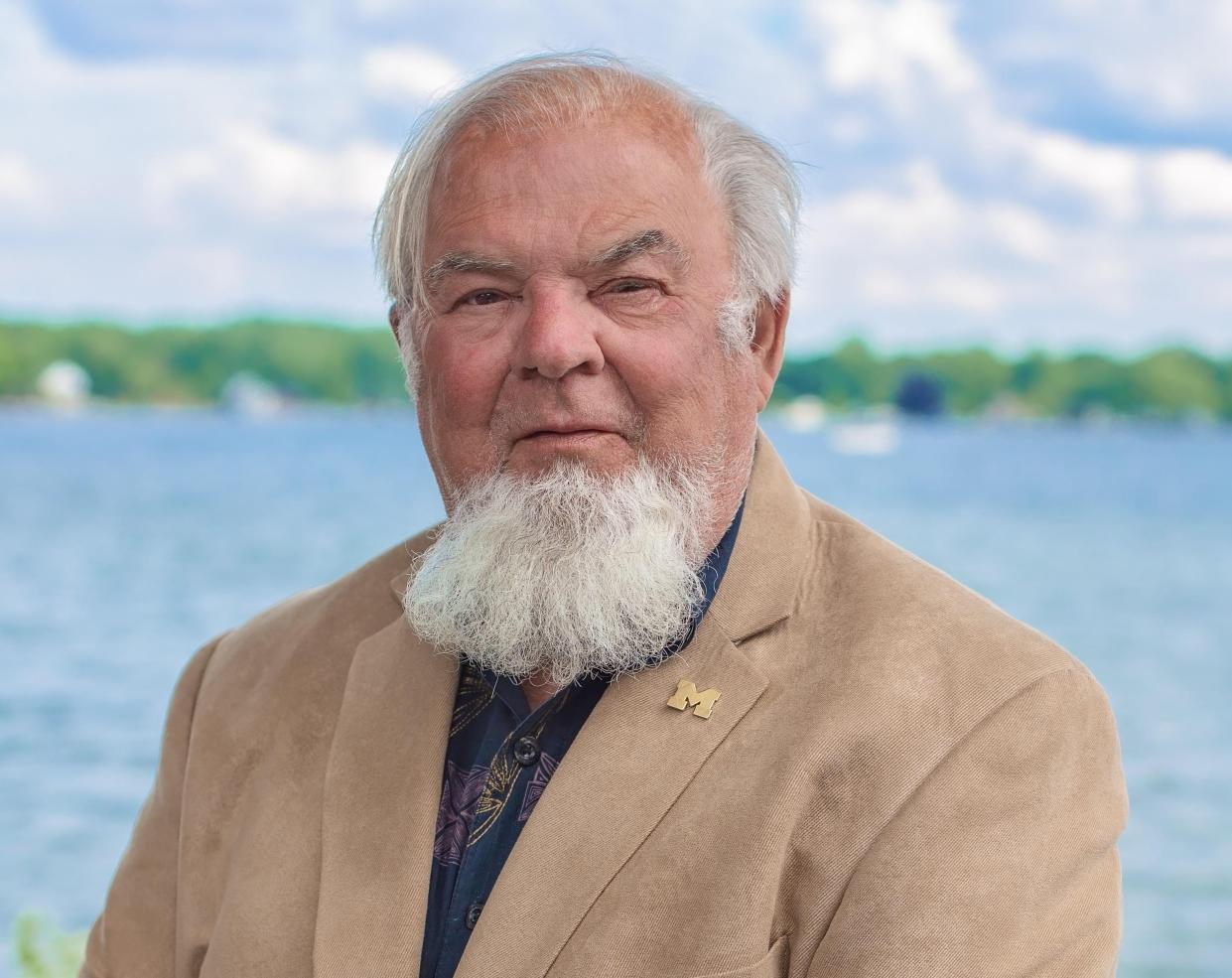James W. Pfister: Attempted world order for stability, peace

In any community of the United States, the absence of a police force would lead to criminal behavior. How does the international community, with no police force, manage stability? How does it deal with the use of force against the political independence and territorial integrity of a nation-state?
The League of Nations, following World War I, was the first comprehensive international organization to maintain the peace. It was based on the concept of “collective security,” where the member states agreed to cooperate to defend a state against external attack. Just as in a battery at criminal law, it would not matter who the attacker or victim was. The use of force was the crime. Thus, in terms of balance of power, the multiple states for the defense should outweigh the attacker. Attack behavior, then, should be deterred. This, of course, was in the pre-nuclear age.
A dispute resolution procedure was set up whereby parties were expected to submit a dispute to arbitration, judicial decision or to the Council, made up of the Great Powers and others selected by an Assembly. The Council would issue a report stating the facts of the case and a recommendation for solution, if the parties had not settled the matter. If the Council could not settle the matter unanimously, a member state could use force, “for the maintenance of right and justice.” Unlike the UN Charter, a case could also be referred to the Assembly.
The enforcement mechanism consisted of automatic severance of trade and other relations with the offending state and a recommendation of the Council for the use of force by member states.
The League failed in large measure because the United States refused to join it, even though our president, Woodrow Wilson, was largely its architect. The Senate Republicans said “no,” with leader Sen. Henry Cabot Lodge not wanting to commit American forces to far-away places not in the national interest.
The League provision allowing the use of force was foreclosed by the Kellogg-Briand Pact of Aug. 27, 1928, which outlawed war as an instrument of national policy. Kellogg was the American secretary of state and got the Nobel Peace Prize in 1929 for his efforts. Briand was the foreign minister of France. The fact that Germany and Japan had signed the pact was a basis of the liability of their leaders in the war crimes tribunals following their aggressions in World War II.
After World War II, the United Nations was born, largely on the U.S. efforts led by President Franklin D. Roosevelt. Roosevelt contemplated leaving the presidency to become the first secretary general of the UN, but he died. He wanted to keep alive the cooperation the allied states experienced during the war.
The Charter of the UN represented vertical authority under the Security Council, with the UN having access to its own forces in Article 43. Article 43 was never developed, so the Security Council uses a recommendation procedure similar to that of the Council of the League. The Cold War truncated the role of the Security Council because of the veto under Article 27.
We finally got a good model for world order under the UN in the 1990-91 First Gulf War, with the cooperation of the Great Powers. Iraq had attacked Kuwait on Aug. 2, 1990. Security Council Resolution 678, Nov. 29, 1990, authorized the use of force by member states, under Article 42, to remove Iraq from Kuwait. The Soviet Union (Russia) voted in favor. China abstained (no veto). The U.S. Congress approved (narrowly in the Senate). This is a model for world order today.
The U.S. has gotten around the Security Council veto by using alliances based on the inherent right of individual and collective self-defense under Article 51. Today, alliances (Russia and China, BRICS, NATO, the Quad, and bilateral treaties) are the foundation of world order. This is dangerous, as were alliances in the Cold War. Alliances tend to encourage zero-sum thinking. Hopefully, the world can get back to the First Gulf War model of cooperation among the Great Powers. This will require that the U.S. revise its forward defense and democratic promotion strategy. It is no longer a unipolar world.
James W. Pfister, J.D. University of Toledo, Ph.D. University of Michigan (political science), retired after 46 years in the Political Science Department at Eastern Michigan University. He lives at Devils Lake and can be reached at jpfister@emich.edu.
This article originally appeared on The Daily Telegram: James W. Pfister: Attempted world order for stability, peace

